We post news and comment on federal criminal justice issues, focused primarily on trial and post-conviction matters, legislative initiatives, and sentencing issues.

BOP TAKING IT ON THE CHIN OVER COVID-19 HOME CONFINEMENT MOVING TARGET
Hand in hand with criticism of the BOP’s COVID-19 management, courts and the media are blasting the Bureau’s bungling of its CARES Act home confinement authority.
 For those of you who just came in, the CARES Act authorized the BOP to send inmates to home confinement during the COVID-19 emergency, in order to get inmates with medical vulnerabilities out of prisons ahead of the novel coronavirus pandemic. Attorney General William Barr directed the BOP to act expeditiously, and laid out a series of standards by which the BOP should measure whether an inmate should be sent home.
For those of you who just came in, the CARES Act authorized the BOP to send inmates to home confinement during the COVID-19 emergency, in order to get inmates with medical vulnerabilities out of prisons ahead of the novel coronavirus pandemic. Attorney General William Barr directed the BOP to act expeditiously, and laid out a series of standards by which the BOP should measure whether an inmate should be sent home.
The BOP applied the standards, and told a lot of people they would be going home. Then, in an abrupt about-face, the BOP decided that the AG’s standards weren’t enough. The Bureau retroactively applied a requirement that the inmate have completed 50% of his or her sentence in order to qualify for CARES Act home confinement, and told many of the people in pre-release quarantine that they would not be going to home confinement after all.
Then the DOJ said that the 50% standard wasn’t a standard at all, and then the BOP said, well, maybe not a standard, just a priority. And the shell game continued…
Last week, the BOP and DOJ were sharing the flak for the snafu.
Forbes noted, “Attorney General Barr gave some direction to the BOP and it dropped the ball. Individuals who were told they were being released from prison… have now been told they are staying put. This could have been avoided. The strain on the court system has been burdened with Compassionate Release motions that have wasted the time of judges, defense attorneys and prosecutors when all along the BOP could have acted to release vulnerable inmates. These resources, this personal pain, could have been avoided if the BOP just used its own policies.”
AP wrote, “The Bureau of Prisons has given contradictory and confusing guidance how it is deciding who is released to home confinement in an effort to combat the virus, changing requirements, setting up inmates for release and backing off and refusing to explain how it decides who gets out and when.”
 NBC analyst and former US Attorney Glenn Kirschner last week blamed Barr. “Shifting and changing inmate release policies have caused widespread confusion. The lack of a clear, common-sense Justice Department/Bureau of Prisons policy prompted one federal judge to sternly rebuke the government, saying the procedures were ‘illogical’ and ‘kafkaesque…’ Simply put, the Bureau of Prisons flip-flops are yet another example of Barr’s lack of leadership and a sign of a Justice Department in free fall.”
NBC analyst and former US Attorney Glenn Kirschner last week blamed Barr. “Shifting and changing inmate release policies have caused widespread confusion. The lack of a clear, common-sense Justice Department/Bureau of Prisons policy prompted one federal judge to sternly rebuke the government, saying the procedures were ‘illogical’ and ‘kafkaesque…’ Simply put, the Bureau of Prisons flip-flops are yet another example of Barr’s lack of leadership and a sign of a Justice Department in free fall.”
In a lawsuit by inmates at the Federal Medical Center in Devens, Massachusetts, against BOP management of the COVID-19 pandemic there, the BOP explained to the court that some of the petitioning inmates were ineligible for CARES Act release under the BOP’s 50%-of-sentence standard. The petitioners shot back, “Although Respondents use words like “required criteria” and “ineligible” to describe their decision to bar so many people from being transferred to home confinement, they cannot defeat a claim of deliberate indifference by arguing they have tied their own hands with bureaucratic red tape. That is not a defense; it’s a confession.”
Forbes, The Federal Bureau Of Prisons’ “List” Has Caused Confusion in Courts and Prisons (April 24, 2020)
AP, Federal inmates battle mixed messages on home confinement (April 28, 2020)
NBC, Is Michael Cohen getting out of prison? Why Barr’s coronavirus release rules deserve scrutiny (April 28, 2020)
Petitioner’s Reply (Dkt. 38), Grinis v. Spaulding, Case No. 20cv10738 (filed April 27, 2020)
– Thomas L. Root



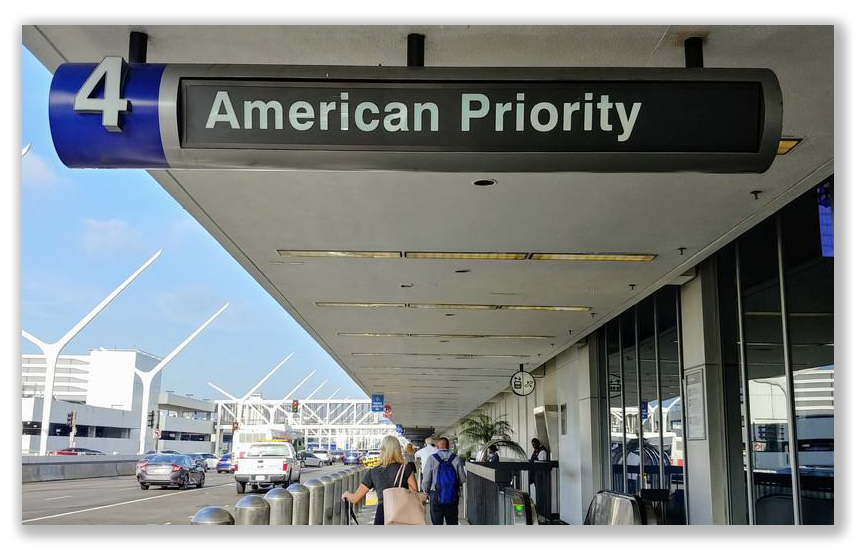




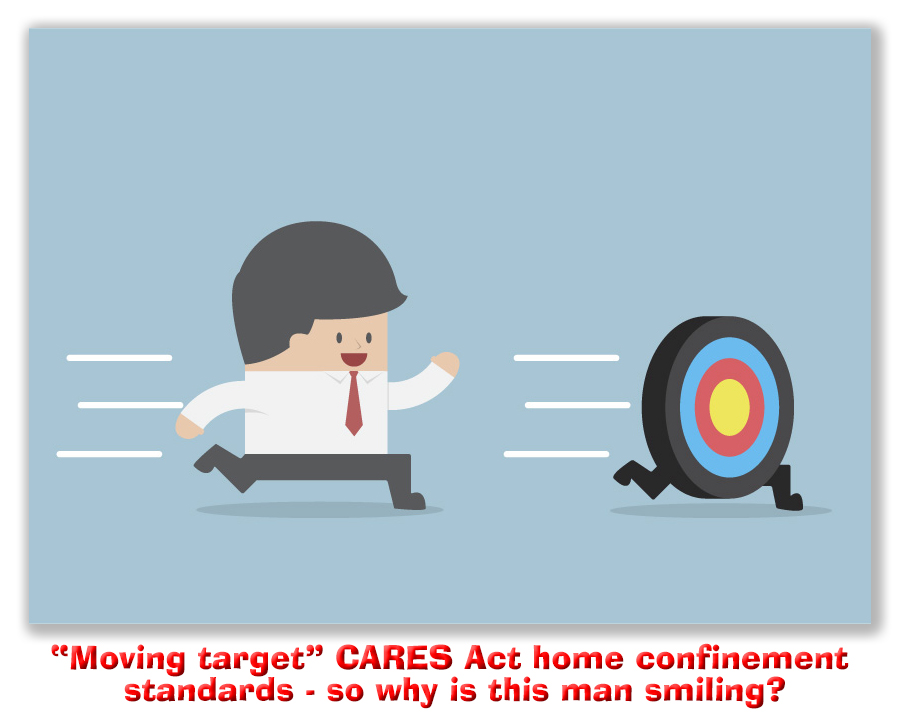


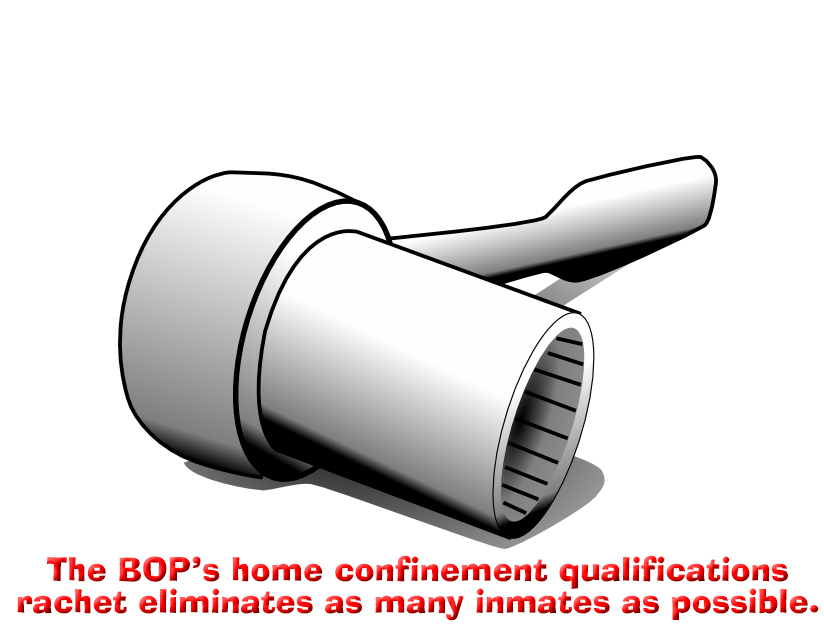

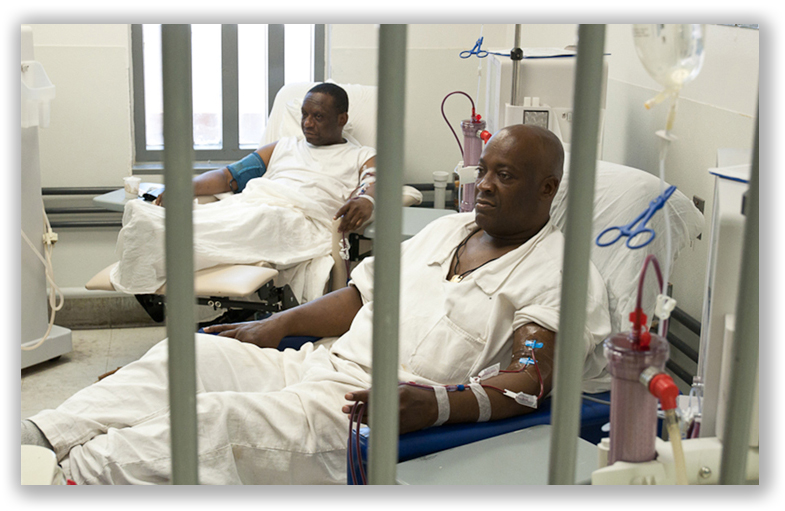
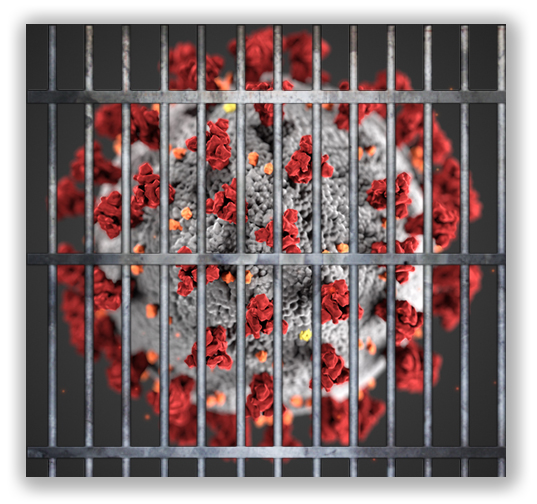



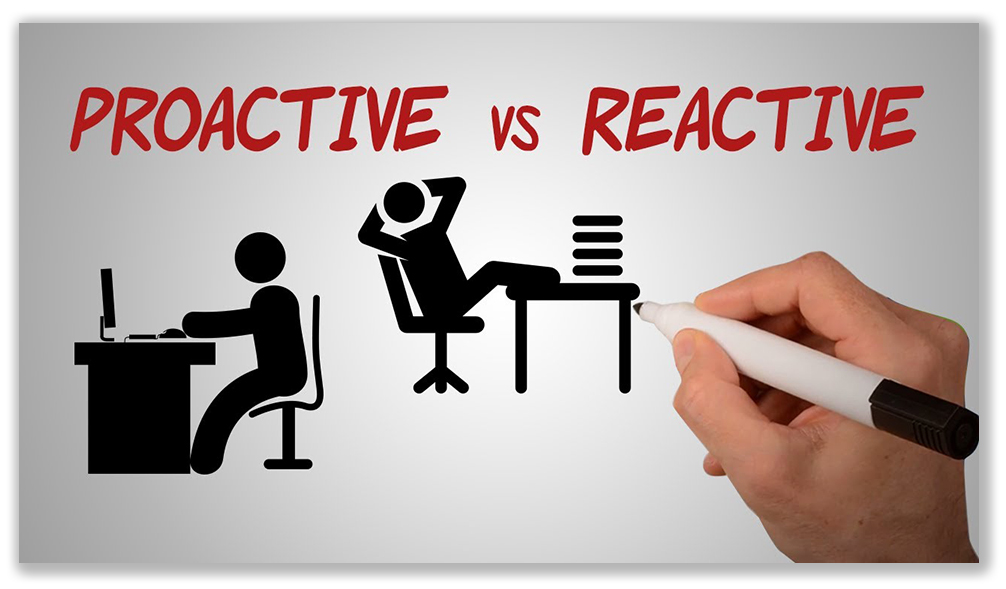

 Even after passage of the
Even after passage of the 



